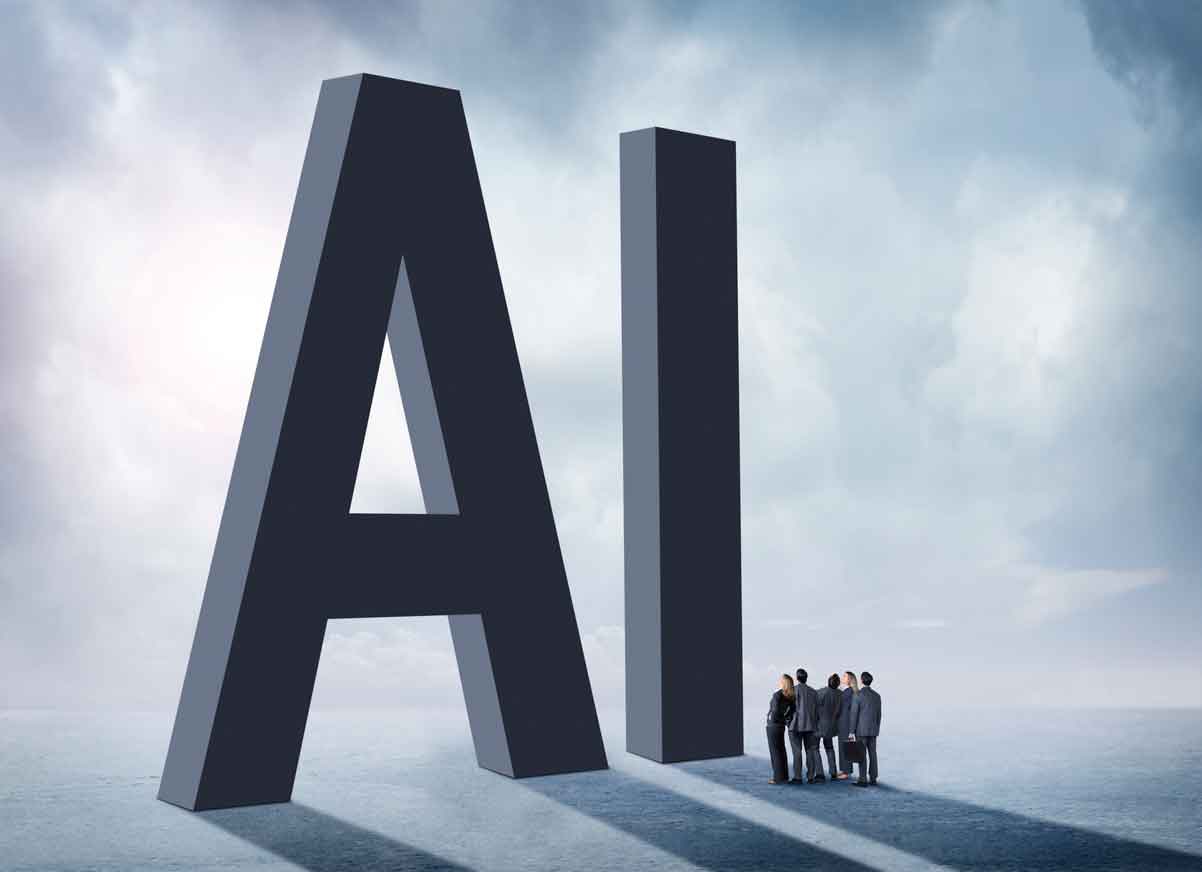Bridging the AI Skills Gap in the Workplace

March 20, 2025
SEB Marketing Team
Artificial Intelligence is reshaping business operations in real-time. Yet while AI adoption accelerates, many organizations find themselves lagging in one critical area: skilled talent. According to a recent study, the demand for AI talent in Canada will exceed 100,000 professionals by 2025. The demand for AI expertise is causing many businesses to struggle to fill those roles fast enough. For sectors like benefits administration and digital transformation, this talent shortfall threatens progress in delivering personalized services, streamlining operations, and making data-informed decisions. To stay competitive and foster innovation, organizations must adopt a more holistic approach that balances talent development, culture building, and smart hiring.
Understanding the AI Skills Landscape
Addressing the AI skills gap starts with clarity about what skills are actually needed. There are core technical capabilities, such as machine learning, natural language processing, and data architecture, that drive the development and deployment of AI systems. Equally important are the surrounding, AI-adjacent skills which include a solid grasp of data literacy, critical thinking, and the ability to interpret and apply insights generated by AI tools.
However, not every role needs deep technical expertise. A layered skill-building strategy, where awareness and application vary depending on job function, can ensure the organization moves forward as a whole without overwhelming individual employees.
Building Internal AI Capabilities
Upskilling the current workforce is one of the most effective ways to close the AI skills gap. Rather than competing in a tight labour market for a limited number of experts, many organizations are investing in their own people through structured, role-specific development programs.
For some employees, this might mean foundational training in AI concepts and terminology. Others may benefit from more immersive experiences like collaborating on AI-driven projects or participating in internal hackathons aimed at solving real business problems. Access to self-directed learning platforms, curated resources, and peer forums can also support ongoing growth.
Beyond developing technical fluency, internal training fosters institutional knowledge and builds stronger employee engagement. When people understand how AI supports the organization’s specific goals, they’re more likely to see its relevance and champion its use.
Strategic External Talent Acquisition
While building from within is cost-effective, external hiring still plays an important role. Organizations that look beyond traditional pipelines are finding success by valuing learning agility and domain expertise alongside formal technical credentials.
This could mean recruiting candidates from fields like statistics, data analysis, or even business operations, especially when these individuals demonstrate curiosity and adaptability. Establishing partnerships with post-secondary institutions, sponsoring applied research, and offering internships or co-op placements can also help build a long-term talent pipeline.
Remote and hybrid work environments offer an added advantage: access to a broader talent pool unconstrained by geography. By embracing flexible work arrangements, businesses can tap into expertise that might not otherwise be available locally.
Leveraging AI to Address the AI Skills Gap
Interestingly, AI itself can be part of the solution. Many tools now make it possible for non-technical employees to engage with AI in meaningful ways through intuitive, low-code or no-code platforms. These solutions allow teams to automate processes or generate insights without needing to build models from scratch.
AI-assisted learning technologies can also accelerate upskilling. Personalized training platforms that adapt to an employee’s knowledge level and virtual assistants that support them in real-time are helping more people participate in AI initiatives while building confidence and competence. These tools not only reduce reliance on scarce technical experts but also enable broader participation in innovation across the organization.
Creating an AI-Ready Culture
Technology can only go so far without the right cultural foundation. Organizations that thrive with AI tend to be those that embrace continuous learning and cross-functional collaboration. Bringing together multidisciplinary teams encourages knowledge sharing between technical experts and subject-matter specialists. Ethical AI practices, such as mitigating bias and designing with transparency, should be ingrained in the development process and informed by diverse perspectives.
Celebrating experimentation, including the lessons that come from failure, helps foster an environment where learning is valued as highly as results. When employees feel supported in trying new approaches, innovation becomes a shared effort rather than the domain of a few.
Measuring Progress and Adapting Strategy
As with any transformation effort, measuring success is key. Organizations should set clear benchmarks for both skills development and business impact. This might include regular assessments of AI literacy, mapping current capabilities against future needs, and tracking participation in training programs.
Equally important are the outcomes: how AI is helping the business operate more efficiently, new products or services being created, and how reliance on external consultants has decreased. These metrics not only highlight areas of progress but also identify where strategies may need to shift. By keeping a close eye on both talent development and organizational performance, leaders can ensure their efforts are moving the needle in the right direction.
Bridging the AI skills gap is about weaving together a strategy that encompasses people, tools, and culture. By investing in internal capabilities, broadening recruitment horizons, leveraging accessible AI tools, and fostering a culture of learning, organizations can build the resilience and agility needed to thrive in an AI-driven future.
Post navigation
Related Posts

How Purpose-Driven Work Stops Your Best Talent from Drifting Away
Most professionals know the feeling: your morning momentum carries you through lunch, only for your…

Activating Strategic Mentorship to Drive Innovation and Secure Competitive Advantage
Most professionals know the feeling: your morning momentum carries you through lunch, only for your…

AI Has a Carbon Footprint, and It’s Time We Managed It
Most professionals know the feeling: your morning momentum carries you through lunch, only for your…
